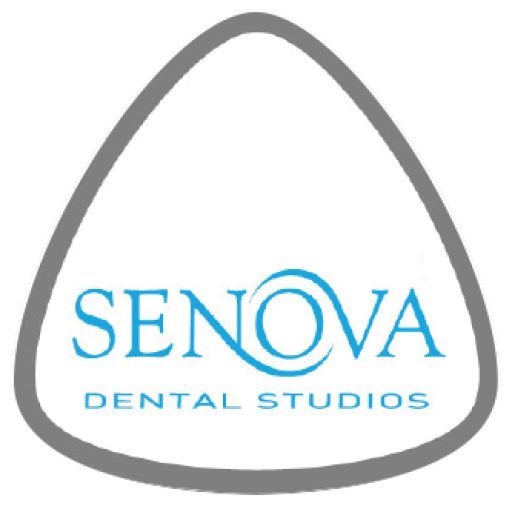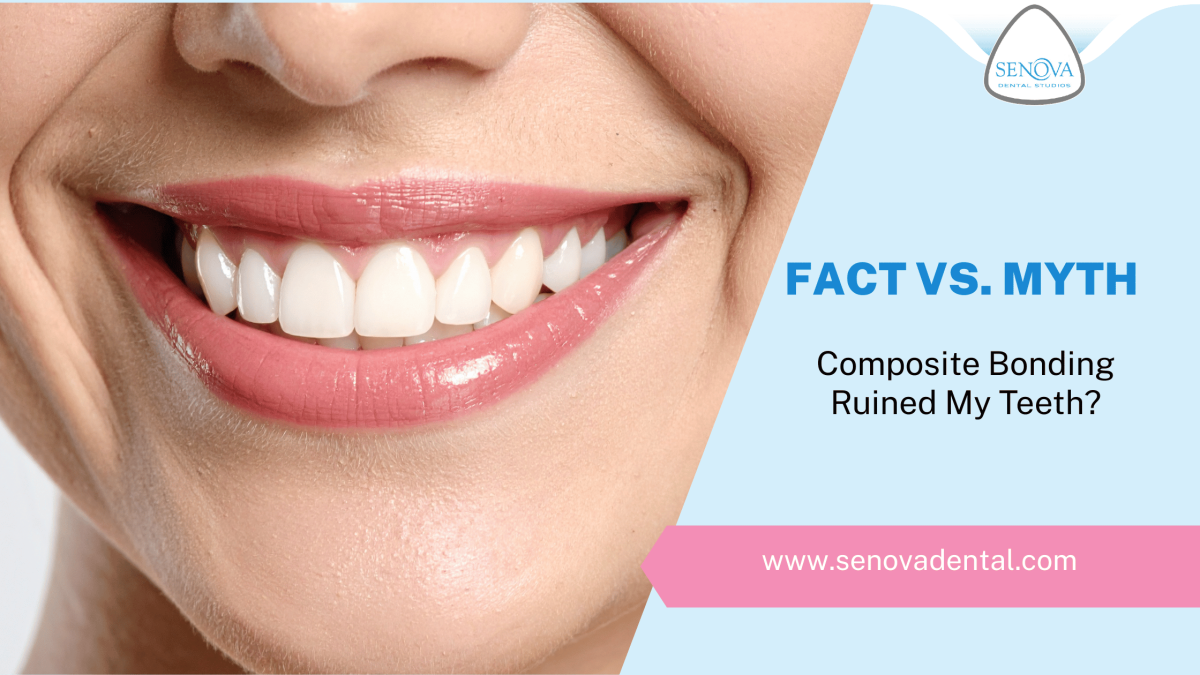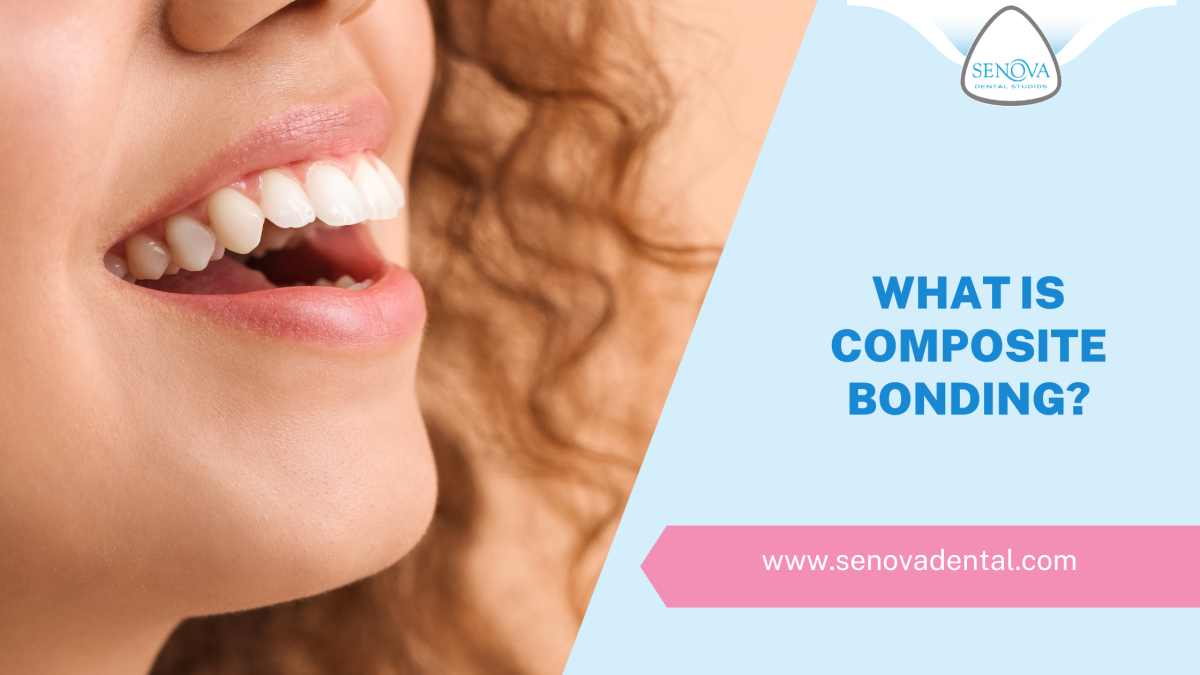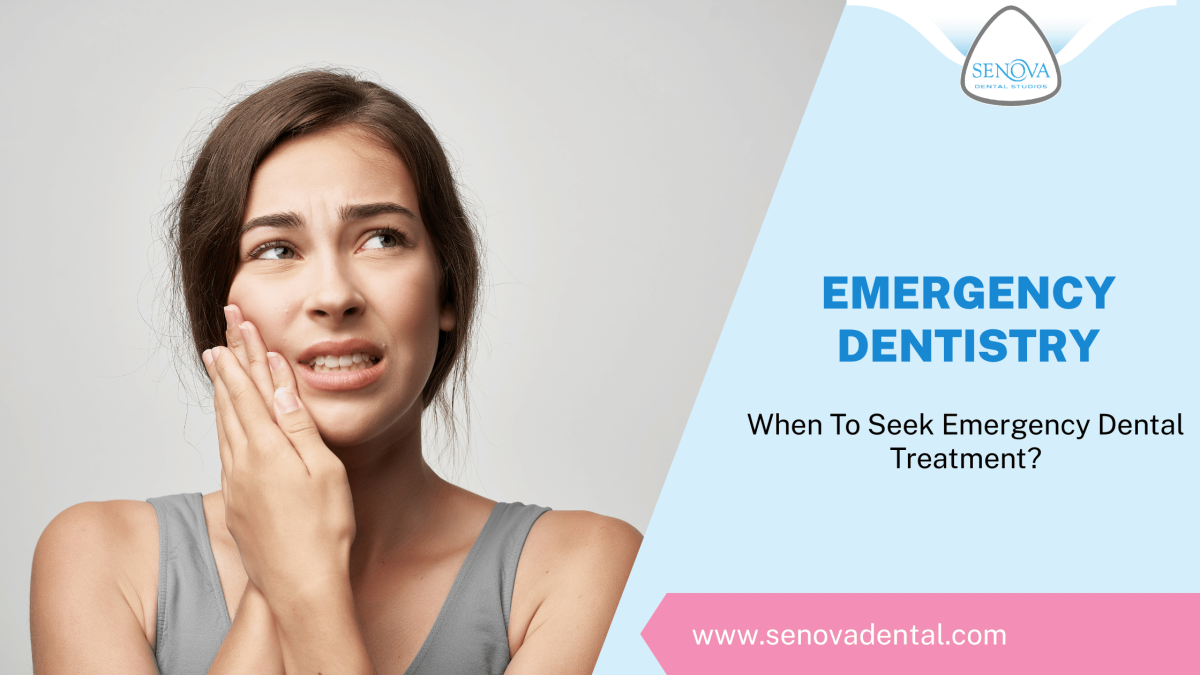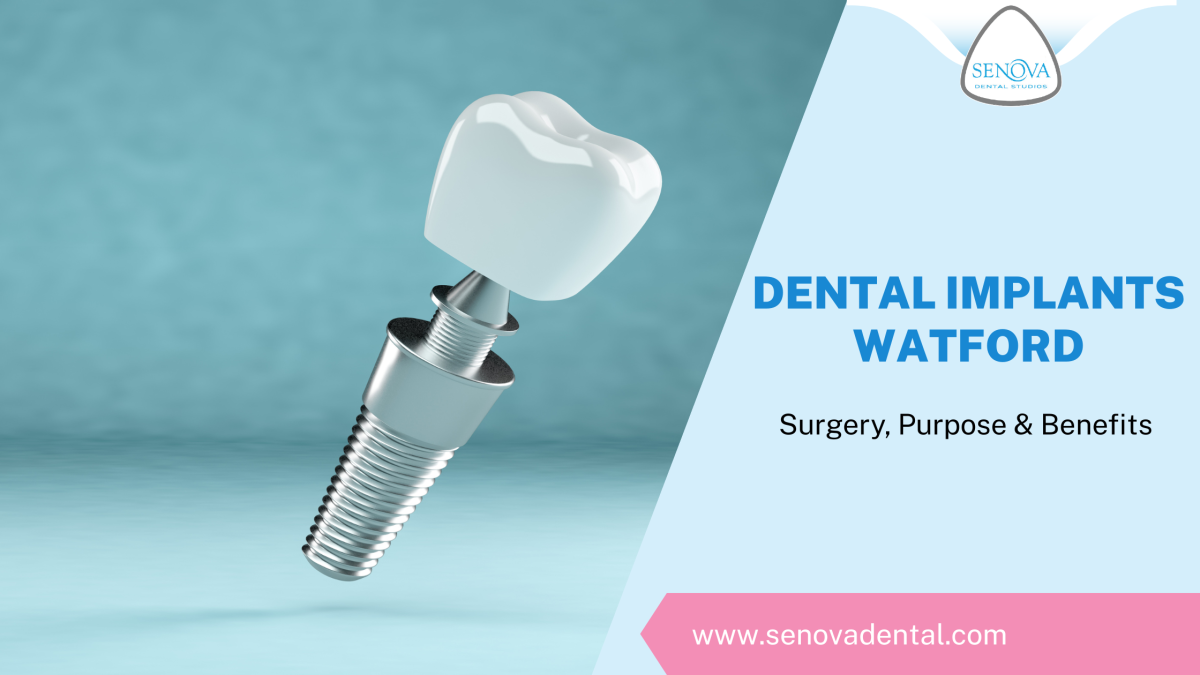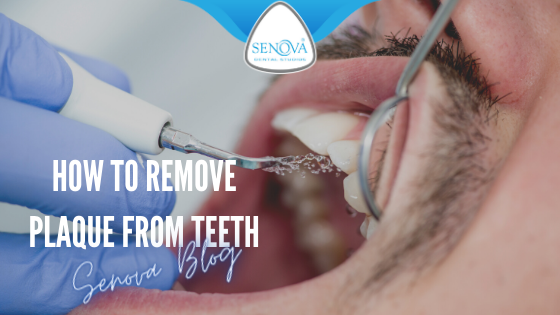
Our teeth allow us to eat and speak. More importantly, healthy and pearly white teeth give us a beautiful and sparkling smile. But this is only possible when we look after our oral health and maintain optimal oral hygiene. The National Health Service (NHS) recommends brushing twice daily and flossing, along with regular checkup visits to your dentists to keep your teeth and gums and healthy. The goal is to prevent the formation of tartar and plaque buildup on your teeth. But how do plaque and tartar affect our health, and why is it necessary to remove plaque from our teeth? If you are looking for an answer to these questions, then read on. This article explains why tartar removal is essential – and how to do it.
What Is Plaque?
When we eat or drink something, a fine layer of food particles and debris forms on the surfaces of our teeth. This sticky layer, called the dental plaque, adheres to our teeth until we manually remove through brushing and flossing. So, one of the simplest and easiest ways to remove plaque deposits from your teeth is regular oral hygiene maintenance.
What Happens If I Don’t Remove Plaque?
Plaque and tartar buildup does not occur if oral hygiene is maintained on regular basis. However, problems arise when oral hygiene measures are ignored. As a result, the plaque gradually hardens into dental calculus – also known as the tartar. Both the plaque and tartar deposits offer an ideal environment for the harmful bacteria inside the oral cavity to live and replicate inside them. These bacteria utilise the carbohydrates in the tartar and plaque as their food and release toxins.
These toxins destroy the fibres that attach our teeth to the gums and the jaw bone – leading to the formation of gaps or “pockets” between the teeth and the gums – promoting further food impaction. At the same time, these toxins increase the local acidity, which results in the movements of the minerals in our teeth – which keep them strong and healthy – to move out into the oral cavity. As a consequence, the teeth become weak and prone to development of tooth decay.
Best Toothpaste To Remove Plaque?
Plaque and tartar builds only on roughened toot surfaces. If you can keep your teeth surfaces smooth through brushing, then there are very few chances of the development of gum disease. When we talk about the best tartar removal toothpaste, we are talking about one that nuetralizes the bacteria which cause gum disease. Since plaque and calculus physically form on the tooth surface, they must be removed physically as well – by thoroughly cleaning your teeth. The best toothpaste for removing plaque is one which compliments your oral hygiene measures by preventing the proliferation of the harmful bacteria in the oral cavity.
How To Remove Plaque At Home?
If you search the internet, you will find several at-home teeth cleaning products and natural remedies like oil pulling or baking soda. There are also numerous at-home cleaning kits available in the markets which contain equipment that can be used for the physical removal of the plaque and tartar deposits – like the dentists use at thier offices. However, these kits do more harm than good, as one may injure themselves during the proces. Similarly, natural remedies for plaque removal must be used with caution as they may damage your teeth and gums.
Does Rubbing Coconut Oil On Gums Work?
In addition to offering several health benefits, coconut oil also serves as an excellent protective agent. When used properly, it can effectively prevent the formaiton of plaque and tartar deposits on the teeth. “Oil pulling” is a technique in which a tablespoon of oil is swished in the mouth for about 5-10 minutes in the morning before brushing teeth. Afterwards, the oil is discarded and the mouth is rinsed with water. Research has shown that coconut oil can prove beneficial in preventing gum disease and oral hygiene maintenance. However, it should not be considered as an alternative to regular oral hygiene measures such as brushing and flossing..
Can You Dissolve Tartar With Vinegar?
Apple cider vinegar is a popular remedy for whitening teeth and removal of tartar deposits. While it is effective in chemically removing plaque from the teeth, apple cider vinegar can damage your teeth and gums. This is because vinegar is highly acidic; in addition to dissolving teeth stains and tartar, it also chelates tooth minerals such as Calcium and Phosphorous – the building blocks of our teeth and bones. The frequent application of apple cider vinegar makes our teeth weak and prone to the development of teeth cavities – even fracture.
What Is The Best Way To Remove Plaque From Teeth?
When it comes to your oral care and physical wellbeing, you can never be too careful. While at-home teeth cleaning kits and remedies seem simple, time and cost-effective, they actually prove to be harmful for your teeth in the longer run. Hence, it is always best to let the Professionals take care of your oral health. Dentists and periodontists are trained in diagnosing dental problems well before they are visible to the naked eye – or before they cause permanent damage. This is why the American Dental Association recommends you to visit your dentist regularly for checkups – so that you can enjoy good oral health, and a lasting, beautiful smile.
A healthy smile is a beautiful smile. If you are looking to get your teeth professionally cleaned in Hertfordshire, then Senova Dental Studios is where you should go. Equipped with state-of-the-art diagnostic and therapeutic equipment, and boasting and team of highly qualified and experienced dentla team, Senova Dental will take care of all your dental problems under one roof.
So, take you first step towards a healthy and attractive smile today and book a consultation with our dentists today. A rockstar smile awaits you at Senova Dental.
- What Is Composite Bonding? - November 25, 2025
- Emergency Dentistry: When To Seek Emergency Dental Treatment? - October 31, 2025
- Dental Implants Watford: Surgery, Purpose & Benefits - August 31, 2025
